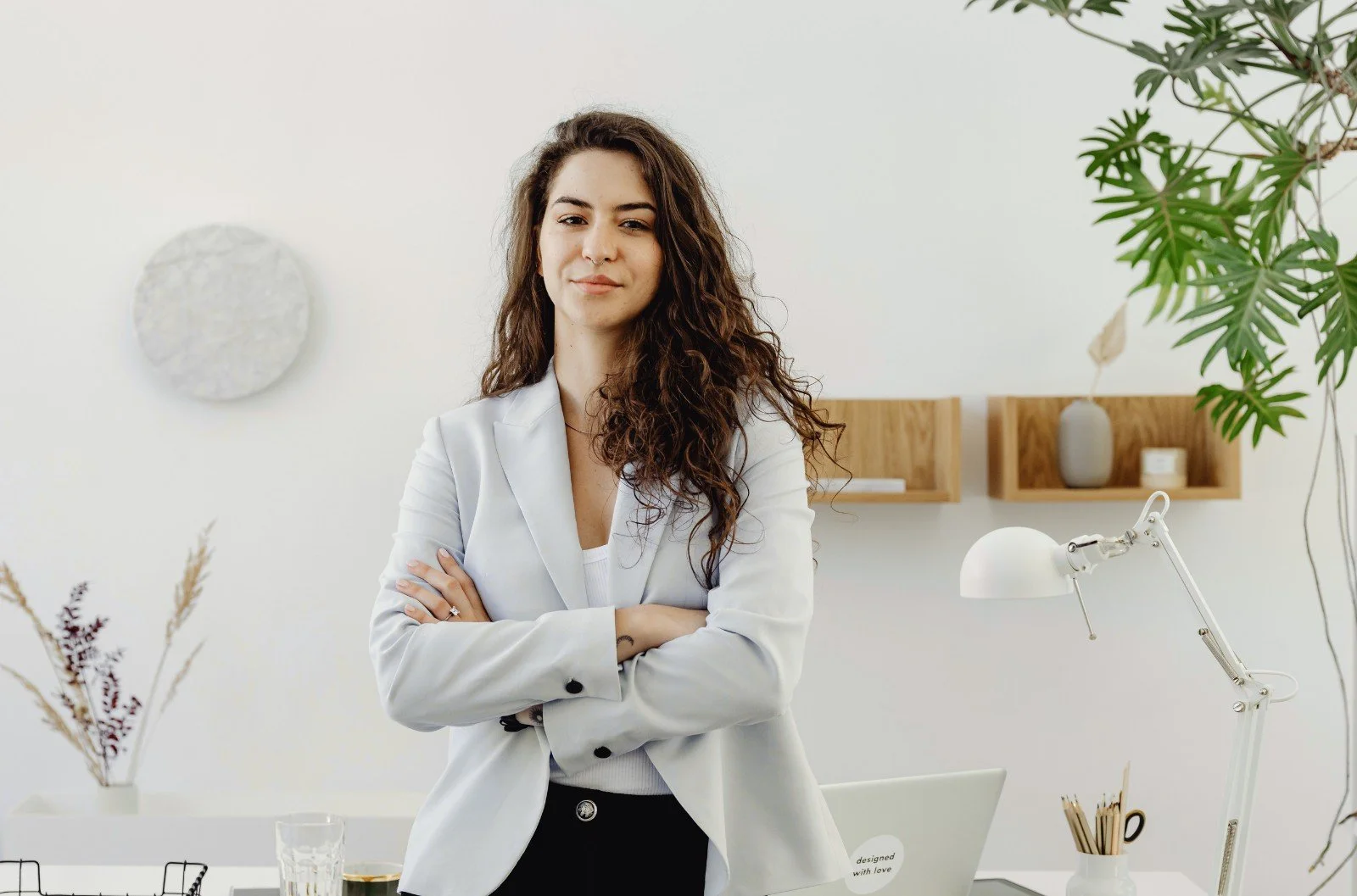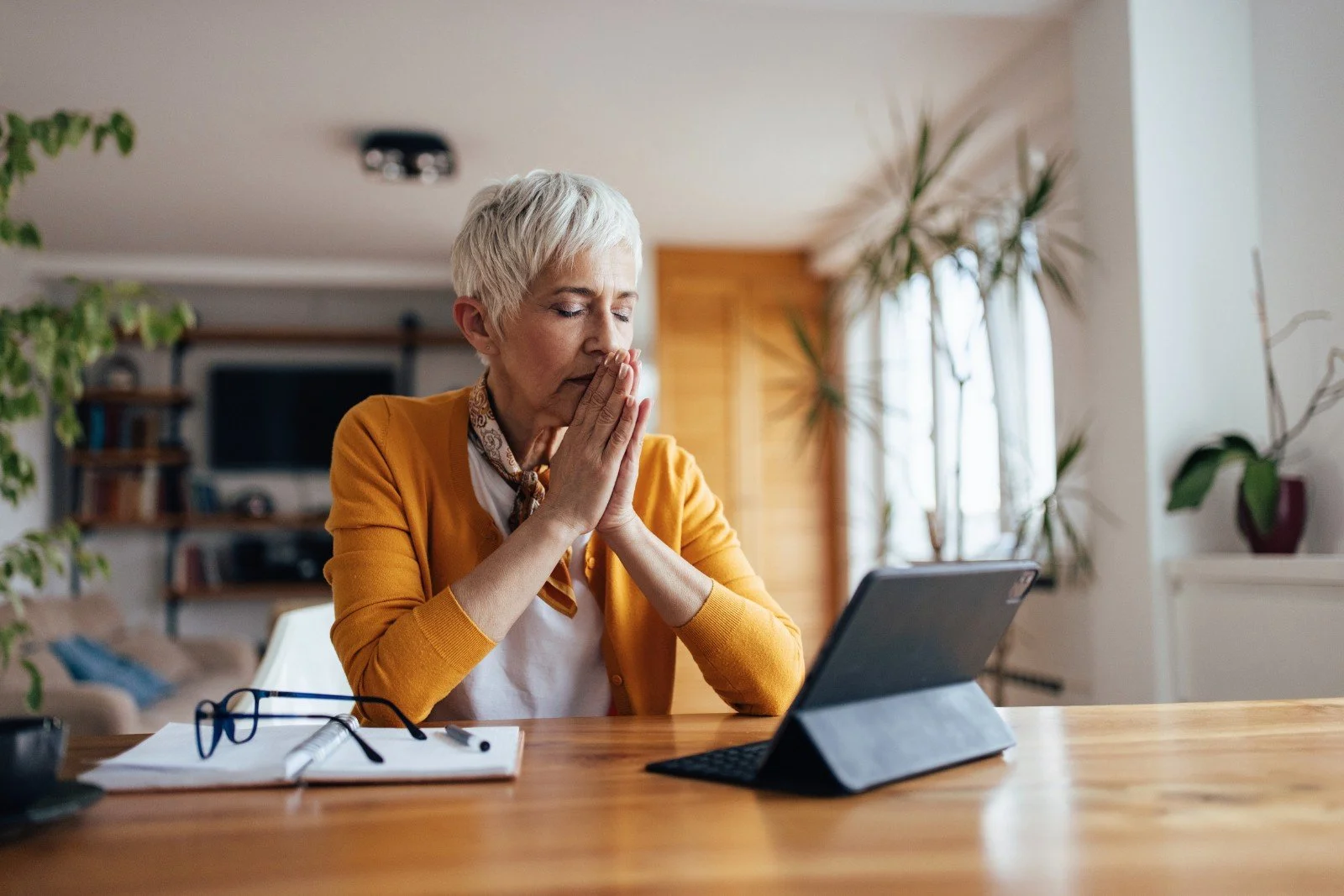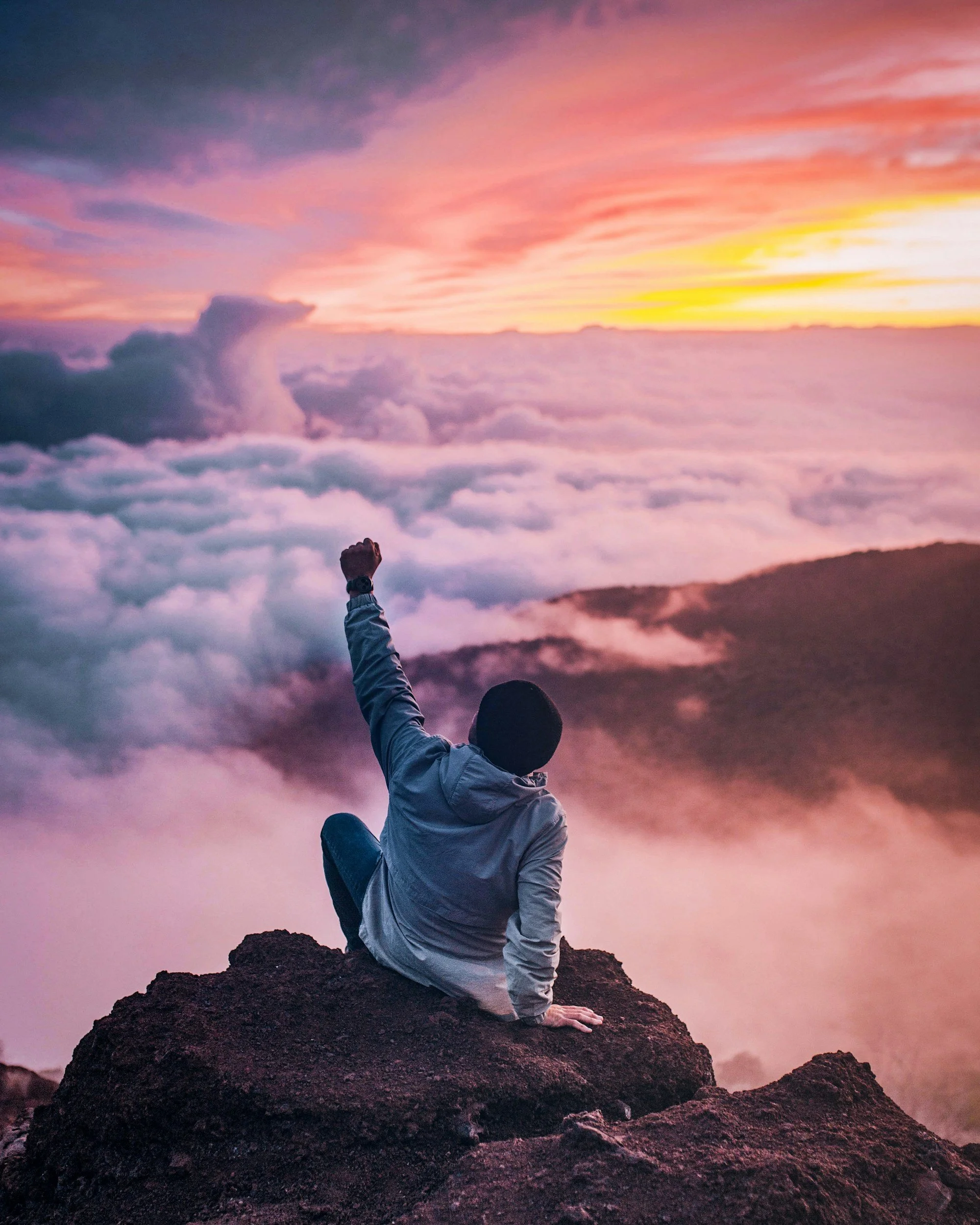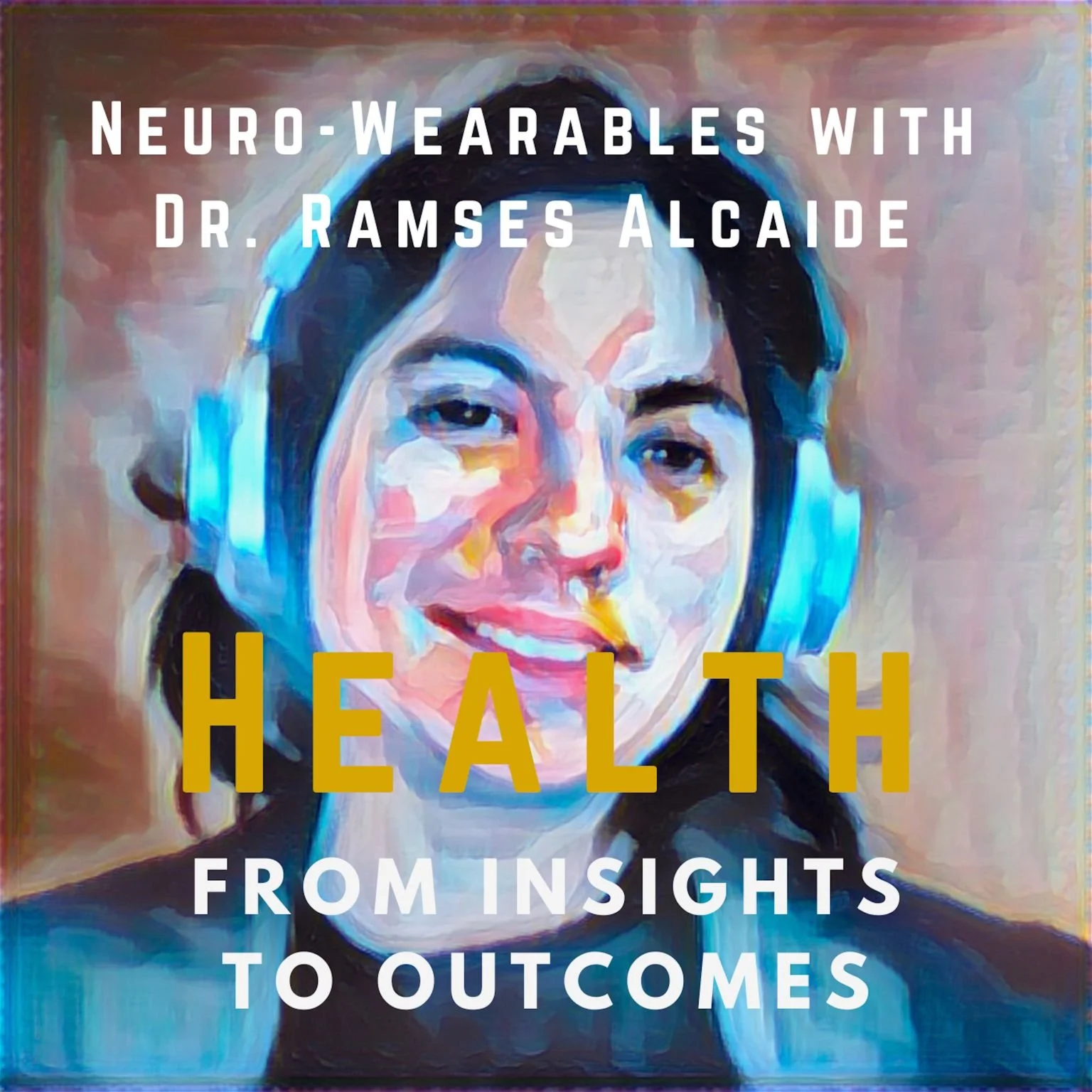Focus on Physicians:
Insights, Ideas, and Strategies
Art, Meditation, and Medical Practice: Johannes Vermeer's The Geographer
Art therapists use art as a way to explore complicated emotions and improve self-awareness for people experiencing physical or mental health challenges. But art offers many other paths to well-being and connection, especially for physicians and others engaged in the hard work of healthcare.
For centuries, art and science were deeply intertwined, yet in the modern era we often lose sight of the ways that art can illuminate medical practice. In this article I’ll show you how engaging with art mindfully, through what some call contemplative viewing, can spark both introspection and connection.
An earlier version of this article originally appeared on this site in July 2022.
Art therapists use art as a way to explore complicated emotions and improve self-awareness for people experiencing physical or mental health challenges. But art offers many other paths to well-being and connection, especially for physicians and others engaged in the hard work of healthcare.
For centuries, art and science were deeply intertwined, yet in the modern era we often lose sight of the ways that art can illuminate medical practice. In this article I’ll show you how engaging with art mindfully, through what some call contemplative viewing, can spark both introspection and connection.
In these unscripted encounters with an artist’s inner landscape, we may access a deeper understanding of our patients and ourselves as complex, multifaceted human beings.
Girl with Pearl Earring by Johannes Vermeer, ca.1665; credit Mauritshuis, The Hague
The Enduring Legacy of Johannes Vermeer
Johannes Vermeer, a Dutch painter of the 1600s, is best known for his intimate interior scenes. His Girl with a Pearl Earring remains his most iconic work, inspiring a bestselling novel in 1999 and a film adaptation in 2003.
Sadly, Vermeer was not well recognized or appreciated during his lifetime, and he struggled financially. Vermeer died at the age of 43, leaving his wife with 11 children to care for. The cause of death is unclear, but it was said that severe financial stress played a role. Today, only 34 of Vermeer’s paintings are known to exist.
Vermeer’s paintings are powerful not only for their timeless beauty, but because of his strong connection to his subjects, and his emphasis on their humanity.
Johannes Vermeer, The Geographer, ca: 1669; Image credit Städel Museum, Frankfurt am Main
The Geographer: A Moment Out of Time
As a photographer, Vermeer's The Geographer calls to me for its almost photographic frame of reference. This is not surprising, given Vermeer's purported use of the camera obscura, an early form of photographic projection that creates an image on a wall. As in an unposed photograph capturing a moment in time, The Geographer seems to be unaware of the painter, absorbed in his own thoughts.
Vermeer uses the light and shadowing to shape the space of the gentleman's study, creating a strong left-to-right diagonal perspective. Diagonals are important in art, because they often suggest action and energy.
Your eye might first notice the illuminated face of the man. From there, you may find yourself traveling from left to right as the line of the light echoes the diagonal of his desk, the movement of the shadow behind the cabinet and even the pattern of tapestry that is draped over the table. The instrument he casually holds in his hand repeats this same diagonal and intentional feeling.
The Geographer's face is illuminated in much the same way as the globe above him. This reference to the wider world and his Japanese-style robe tells a story of a man who has a broad and diverse experience of life.
The colors in this painting serve to unify the composition and create a soft sense of boundary in which this man lives and works. The gorgeous oranges and blues, as complementary colors, create a lush and intimate feeling. We see them in his robe, the tapestry, the small chair in the background, and in the shade of the light entering the room.
In color theory, blue evokes the mind, reflection, serenity, and the intellectual, while yellow is a color of creativity and confidence. The slash of orange that makes up the kimono’s collar speaks of passion, but perhaps of frustration as well. And the soft brown conjures nature and quiet.
The variety of textures in the textiles and furniture serves to elevate the sense of intimacy and deepen the richness of these colors. There is a sense of balance between the foreground and the background, holding The Geographer in the middle of the painting, and setting him firmly in the world.
Experiencing Art Mindfully
Art can be a doorway to mindful exploration. Sometimes this is called slow looking. You don’t have to be an expert in art or a mindfulness practitioner. Even just a few minutes with a work of art can allow your mind to clear and give you space to create a sense of connection to another human being. The Geographer is a perfect stepping off point for this kind of exploration.
To drop into a meditative mindset, allow the experience of Vermeer’s painting to open a feeling of spaciousness and presence. Notice your breath as you spend time with this work of art, allowing each inhale and exhale to soften your mind into a relaxed awareness. Feel your body loosen, even if just a little. If possible, give yourself at least three minutes of mindfulness before moving on with the rest of your day.
This experience is available to you, no matter where you might find yourself. You don’t have to turn to the Old Masters to experience the meditative power of art. If you’ve ever lost yourself in a song, you know that to be true. Abstract art, photography, sculpture—all can be portals to mindful exploration. So can the act of creating.
For physicians, brief moments of mindful connection can be deeply restorative. In the midst of a busy day, slowing down can help you to reconnect to a sense of balance and perspective. Vermeer’s work is one reminder that presence and awareness can reveal not only your own light but also the humanity of those you care for.
This post contains Amazon affiliate links. I may earn a small commission when you click on the links, at no additional cost to you. These commissions help to support the website.
If you’ve enjoyed this article and would like to stay in the loop for more insights on creating a sustainable, fulfilling, and happy life as a physician, sign up for my newsletter or reach out on my website. I’d love to hear from you.
And if you’d like to schedule a complimentary introductory meeting with me, click the link below.
How to Find Your Creative Spark: A Guide for Physicians
As physicians, we learn to practice from an evidence-based standpoint, checking the data, keeping up with the literature, and following carefully researched guidelines. But as crucial to good patient care as this is, providing the best care requires the ability to go deeper, connecting a series of disparate dots, asking probing questions, and creating trust.
Having your own creative practice can stimulate this stronger connection by giving you tools and insights that come from a less rigid view of the world. And at the same time, creativity can be a refuge, offering an escape and a form of mindfulness that is often difficult to access in our precision-driven world.
An earlier version of this article appeared on this website in January, 2024
As physicians, we learn to practice from an evidence-based standpoint, checking the data, keeping up with the literature, and following carefully researched guidelines. But as crucial to good patient care as this is, providing the best care requires the ability to go deeper, connecting a series of disparate dots, asking probing questions, and creating trust.
Having your own creative practice can stimulate this stronger connection by giving you tools and insights that come from a less rigid view of the world. In fact, a British study found that people who engaged in creative activities at home were more likely to discover creative solutions to problems at work.
Creativity can also serve as a refuge, offering an escape and a form of mindfulness that is often difficult to access in our precision and productivity driven world. And sometimes it leads you farther than you ever imagined. For example, after retiring from clinical practice, I followed my passion for photography and the arts, eventually completing a BFA degree. I’m currently immersed in an MFA program, which has opened new doors for me that I never knew existed.
You don’t need to have special skills or innate talent to begin your creative practice. And you definitely don’t have to pursue higher education. It can be something that you do for yourself alone. But once you get started, you may find that your imagination awakens, opening your mind to new techniques and ideas that might never have occurred to you if not for this artistic exploration.
Here are some simple ways to inspire and nurture your inner artist:
Just Get Started
Getting started may sound simple, but overcoming inertia can be the hardest part. You don’t need a grand plan, a fancy camera, or a fully equipped studio. Just begin and set the wheels in motion. Your first step doesn’t have to be perfect; it just has to be taken. After that, the next steps often reveal themselves.
Embrace Imperfection
Check your perfectionism at the door. For people immersed in the creative arts, imperfection is not just accepted; it’s often celebrated. Express, explore, and learn. Give yourself the freedom to make mistakes and be messy. This is a crucial part of the creative journey, and it’s how new ideas are generated.
Inspiration Appears While You’re Working
Waiting for inspiration is like waiting for the perfect moment – it rarely comes when you're idle. To borrow a phrase from mindfulness meditation, creativity is about being in the now. As Picasso is famously quoted, “Inspiration exists, but it has to find you working.” The muse, that elusive spark of creativity, is not impressed by your aspirations. She finds you when you’re in the messy midst of creation.
Set Aside Time for Creativity
Schedule your creative time just like you would for any appointment. Whether it’s 30 minutes every evening or a few hours on Saturday afternoon, having a dedicated slot for creativity can open windows in your mind and give you room to explore. If time feels tight, commit to simply 10 minutes each week, and see where that takes you.
Explore Different Creative Avenues
Creativity means different things to different people. You might enjoy writing, while someone else might find solace in painting, dancing, or playing an instrument. Simply wandering around intentionally with your phone’s camera can be a form of creative play. If you have time, taking a weekend class in pottery or some other art form could be a fun place to start. If you’re not sure how to start, allow yourself to experiment with different forms of creative expression. You might be surprised by what resonates for you.
Join a Creative Community
There's something magical about being part of a community that shares your passion. Look for local art classes, writing groups, photography clubs, or online forums. Share your work, get feedback, and enjoy the collective creative energy. A community can offer support, inspiration, and a sense of belonging. And unlike your practice as a physician, no one will expect you to be perfect or have all the answers.
Pause, Reflect and Adjust
Every now and then, take a step back and reflect on your creative journey. Stay curious. What have you learned? What do you enjoy the most? Where has your creativity taken you? You might choose to keep a creative journal to celebrate your milestones, explore the unexpected detours, and maybe even recalibrate your goals.
Final Thoughts
Integrating creativity into your life isn’t just about producing something; it’s about the process, the joy, and the journey of self-discovery it brings. It can be a form of meditative practice, and an escape hatch from the rigidity of a schedule and a task list.
As a physician, you have a unique perspective of the world, shaped by your experiences and the people whose lives you’ve touched. Infusing this perspective into your creative endeavors can lead to something unexpected, tangible, and uniquely yours. By exploring your creativity without self-judgment, you may find that the insights you discover enrich and deepen your relationships with others, including your loved ones, patients, and colleagues.
If you’ve enjoyed this article and would like to stay in the loop for more insights on creating a sustainable, fulfilling, and happy life as a physician, sign up for my newsletter or reach out on my website. I’d love to hear from you.
And if you’d like to schedule a complimentary introductory meeting with me, click the link below.
Visual Thinking Strategies for Healthcare Teams: Elevating Collaboration, Care, and Creativity
Visual Thinking Strategies (VTS) is a dynamic, evidence-based approach that uses art as a springboard for exploration and collaboration. By engaging with visual art, healthcare professionals can unlock critical thinking and communication skills—cornerstones of effective medical teamwork. These skills not only enhance team cohesion but also translate into improved patient care and outcomes.
Visual Thinking Strategies (VTS) is a dynamic, evidence-based process that uses art as a springboard for exploration and collaboration within medical teams. By engaging with visual art, physicians and other healthcare professionals can unlock critical thinking and communication skills—cornerstones of effective medical teamwork. These skills not only enhance team cohesion but may also translate into improved patient care and outcomes.
What sets VTS apart from simply art appreciation is its ability to
nurture active listening,
enhance observational skills,
build cultural awareness, and
foster a tolerance for ambiguity
These are qualities essential for leaders in our increasingly complex healthcare landscape. Over the past three decades, VTS has been widely adopted and studied across universities, medical schools, and healthcare settings, attesting to its versatility and impact.
Unlike traditional arts-based programs, VTS requires no prior knowledge, experience, or even a passion for art. Instead, a work of art serves as a neutral and engaging medium to spark conversations that might otherwise feel forced or uncomfortable.
By focusing on observation and open-ended discussion, participants uncover new insights, foster deeper connections, and gently challenge their own preconceived ideas and biases. This process creates a safe and creative space for professional growth and team development.
How to Access Visual Thinking Strategies
Visual thinking doesn’t require artistic skill or an aesthetic eye; it simply asks you to think differently. Here are a few ways you can begin:
Team Workshops
VTS follows a very specific evidence-based process, so it’s important that your facilitator has been trained in the method.
In a VTS session, a facilitator presents an artwork, allowing participants time for close looking. The process then transitions to asking each individual to describe what they think is going on in the picture. After they have shared their perspective, the facilitator follows up with a question asking them to relate what they see in the work that makes them say that.
Each person takes turns, so no one's interpretation bears more weight than another's. Many times the interpretations differ a great deal between participants. Often, the observations surface ideas or assumptions that the participant may later decide are not exactly what they expected. At times, this might even feel uncomfortable, but since VTS is designed to be supportive, not confrontative, this is part of the unfolding experience.
After everyone has a chance to speak, there is a debriefing that includes a discussion of what might have been challenging or unexpected. We also talk about how this experience might connect to something that would be encountered in the clinic or hospital.
For those in healthcare, Harvard offers an extensive VTS training course that includes an option to apply for certification after completion. As a student of this program, I can vouch for its high quality and engaging, thorough training.
Daily Observational Practice
Spend a few minutes observing an image, whether it’s art, a medical scan, or even nature. Ask yourself: What do I notice? What stands out? How does this relate to my work today? You might use this as a journaling prompt, perhaps setting a timer for 10-15 minutes to give yourself time to go deeper.
Patient Communication
Visual tools can help simplify complex medical concepts for patients, improving understanding and trust. By understanding how VTS works, and putting the method to use in your encounters, you may create deeper and more trusting relationships with your patients.
Why Physicians Can Benefit from Visual Thinking Strategies
More than most professionals, physicians operate in a world of complexity, ambiguity, and precision. Visual thinking strategies can:
Enhance Diagnostic Skills: By practicing detailed observation through VTS exercises, you can sharpen your ability to notice subtle clinical signs and patterns.
Improve Team Collaboration: Through VTS, each person has an opportunity to share their own experience of the work being presented. This can open up diverse perspectives, especially in interdisciplinary teams.
Boost Creative Problem-Solving: Medicine often requires innovative thinking, whether solving a patient care dilemma or optimizing workflow. Visual brainstorming can unlock new approaches.
Foster Emotional Intelligence: Engaging with imagery—whether art, diagrams, or patient stories—can help cultivate empathy and awareness.
Improve Comfort with Ambiguity: Patient presentations are often nuanced, diagnoses may be unclear, and treatment outcomes can be uncertain. Developing comfort with ambiguity allows physicians and other healthcare professionals to remain calm, curious, and open to new ways of seeing, enabling them to make sound decisions even in the face of incomplete information.
Why I’m Passionate About VTS
As a physician and coach, I’ve experienced firsthand the ways that VTS can spark new insights and foster confidence and team cohesion. In a profession where burnout is all too common, VTS provides a refreshing, engaging way to reconnect with your sense of purpose and curiosity.
Final Thoughts
Visual thinking strategies offer physicians a unique and valuable way to navigate the complexities of modern medicine. By integrating these techniques into your daily practice, you can enhance your observational skills, improve communication, and reignite your passion for the art of healing.
I’m considering offering a free workshop on VTS tailored specifically for physicians. If this is something that piques your interest, I’d love to hear from you!
If you’ve enjoyed this article and would like to stay in the loop for more insights on creating a sustainable, fulfilling, and happy life as a physician, sign up for my newsletter or reach out on my website. I’d love to hear from you.
And if you’d like to schedule a complimentary coaching discovery session, click the button below.
Art, Mindfulness, and Medical Practice: Wu Zhen’s The Fisherman
As a fine art photographer and a physician, I believe that visual art is a portal through which we can find powerful connections between ourselves and people from all walks of life.
For physicians and others in healthcare, art can provide a framework that offers the potential to build understanding and create greater trust. By spending time with a work of art, we’re able to explore what the world might mean to somebody completely different from us.
In this article, I’ll explore Wu Zhen’s The Fisherman, and the lessons it offers for medical practice.
As a fine art photographer and a physician, I believe that visual art is a portal through which we can find powerful connections between ourselves and people from all walks of life.
For physicians and others in healthcare, art can provide a framework that offers the potential to build understanding and create greater trust. By spending time with a work of art, we’re able to explore what the world might mean to somebody completely different from us.
Art is also a way to access mindfulness in a way that feels meaningful and relatable. It only takes a few minutes of focused attention to gain a greater and more subtly shaded experience.
Think of the way that you listen to music. It may be simply background noise, other times entertainment, but there are times that the experience offer a gateway to new ideas, or a way to connect the dots that have been accumulating in your subconscious mind.
In a previous article, I shared the very contemporary insights and connections that we can access by spending time with Vermeer’s The Geographer, painted in the 1600s. In this article, I’ll explore an even older work of art: Wu Zhen’s The Fisherman.
Wu Zhen, The Fisherman (attribution: Wu Zhen, Public domain, via Wikimedia Commons)
Wu Zhen painted in the 14th century. In his lifetime, he was not really acknowledged or recognized as being an important artist. But about a hundred years later, he was identified as one of the four Great Masters of the Yuan. As a result, his work became a real point of reference for many subsequent artists, and that continues to this day.
When Wu Zhen was painting, his country was in chaos as a result of the Mongol takeover. Despite (or perhaps because of) this turmoil, there was tremendous cultural growth. At the time, there was a very powerful, industrious scholar class that was highly visible in public life. For the middle class, that was a realm of life to aspire to.
But there was also an idealized life of a simpler and more rural lifestyle. Although Wu Zhen was educated and could well have lived comfortably as a scholar, he chose to take his life in a slower direction, away from the turmoil and conflict that was part of life in the city.
Through his work, he sought to capture and distill the essence of his subject with line, shade, and pattern. Many of his works, like this one, included a poem written in calligraphy, which is translated by the Metropolitan Museum of Art as:
Red leaves west of the village reflect evening rays,
Yellow reeds on a sandy bank cast early moon shadows.
Lightly stirring his oar,
Thinking of returning home,
He puts aside his fishing pole, and will catch
no more.
So he lived this very simple rural lifestyle, yet was a man of great intellect.
At the same time, in the cities, other Chinese artists were creating more literal portraiture. But it was understood that there was a difference between this more factual based way of working versus the more ethereal and intellectual work of somebody like Wu Zhen.
In our contemporary age, such a longing for simplicity or austerity may be interpreted as a sign of a less sophisticated or uneducated mind. Yet these preconceptions can be misleading. Wu Zhen’s work is a reminder that in accepting such a one-dimensional stereotype, we may overlook the richness and depth of an individual. And we are all the worse for the loss.
How can you transfer the experience of art to the practice of medicine? Consider what happens when you meet a patient or somebody in your everyday life. With the brief time allotted for the encounter, you might only be given the outlines of that person, almost like a quick sketch.
Perhaps if you’re open to this richer way of seeing, you will take a few moments to appreciate those outlines, and to notice that more often than not, they do not fit into a simple template. In doing so you might be able to discern more layers than you first realized. Perhaps it’s the choice of clothing, the way they carry themselves, the book they hold in their hand. And as a result, your questions may become more nuanced and your listening more focused.
Think about this way of relating as creating sort of a bridge between you and the other person. You might be able to find a connection or trace a thread of a clue in the same way as you might experience a work of art.
An earlier version of this article appeared on this website in April 2023.
If you’ve enjoyed this article and would like to stay in the loop for more insights on creating a sustainable, fulfilling, and happy life as a physician, sign up for my newsletter or reach out on my website. I’d love to hear from you.
If you’d like to learn more about my coaching practice, you can schedule a complimentary introductory meeting by clicking the link below.
My Podcast Interview with NeuralPositive’s Dr. Yasmine van Wilt
Recently I was fortunate to have the opportunity to interview Dr. Yasmine van Wilt for the TechLink Health Podcast. Dr. van Wilt has a fascinating story in the field of medical-grade music. She is a founder of Neuralpositive, a company that is on the forefront of medical music innovation. Dr. van Wilt has partnered with Cornell Tech, Columbia University, and Stanford University, among others.
Recently I was fortunate to have the opportunity to interview Dr. Yasmine van Wilt for the TechLink Health Podcast. Dr. van Wilt has a fascinating story in the field of medical-grade music. She is a founder of Neuralpositive, a company that is on the forefront of medical music innovation. Dr. van Wilt has partnered with Cornell Tech, Columbia University, and Stanford University, among others.
As we work to integrate evidence-based mindfulness and other non-pharmaceutical practices into healthcare, there is a powerful need for well designed research backed up by academic commitment. I’m excited to share this interview with you, and would love to hear your feedback.






































